Bithive finished reading Rainbows End by Vernor Vinge
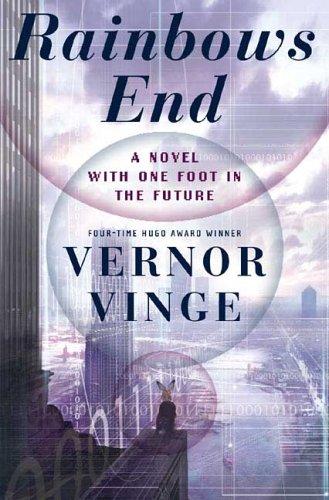
Rainbows End by Vernor Vinge
From the back cover:
World famous poet Robert Gu missed twenty years of progress while he nearly died from Alzheimer's. …
I like Sci-fi. I am also working on my personal hypertext inside my head and follow down trails of books.
This link opens in a pop-up window
40% complete! Bithive has read 8 of 20 books.

From the back cover:
World famous poet Robert Gu missed twenty years of progress while he nearly died from Alzheimer's. …

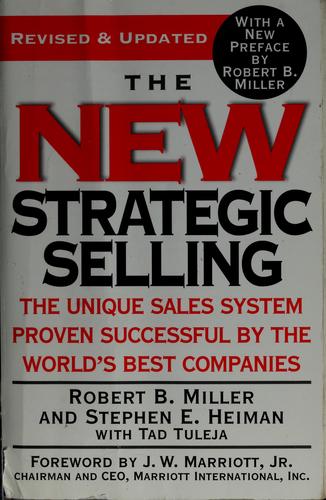
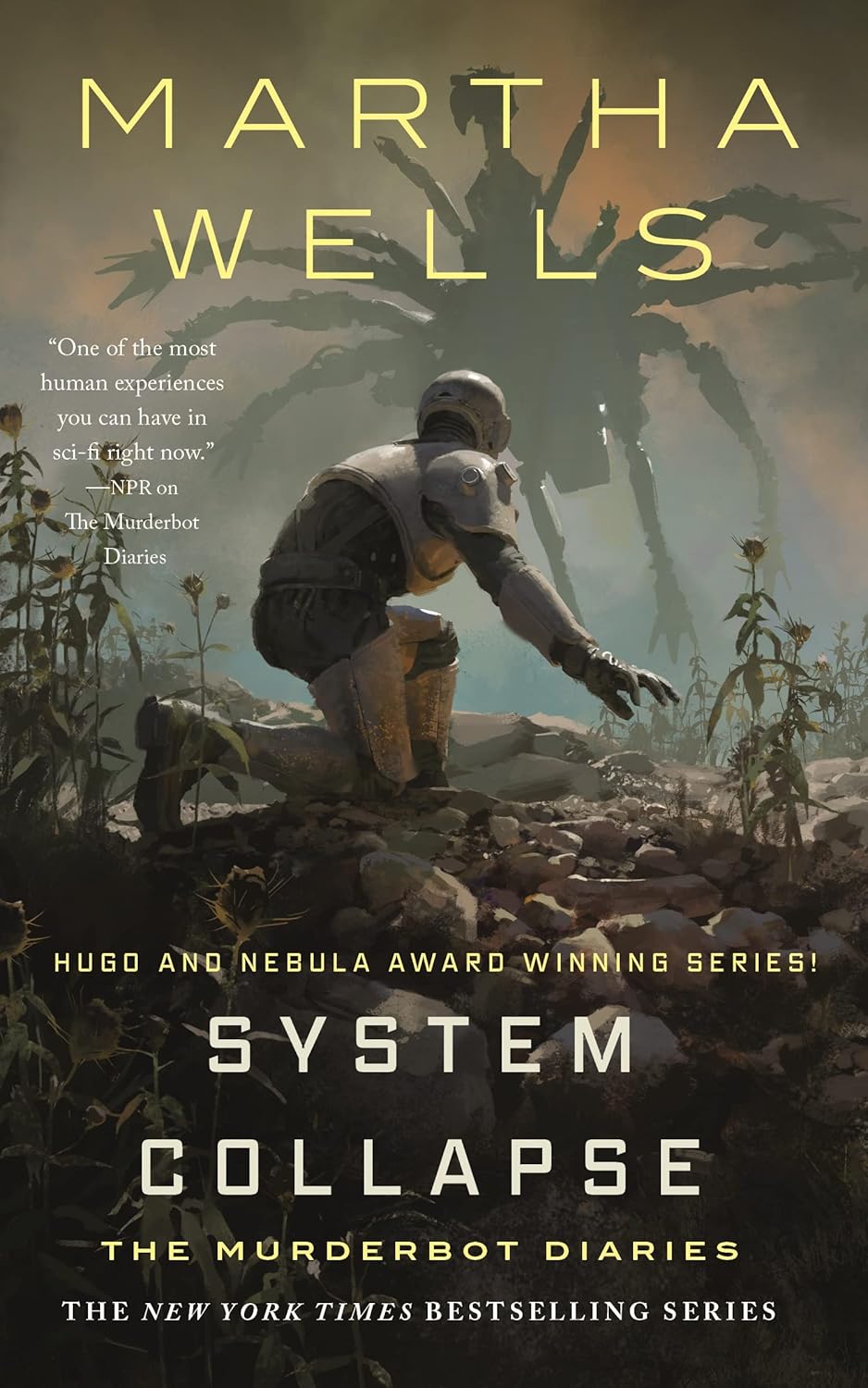
Am I making it worse? I think I'm making it worse.
Following the events in Network Effect, the Barish-Estranza corporation …
I was recommended this book as a technical guide on sales for technical people, and in this regard, I found it most fitting. It clarified some old clichés and recommends that first, you find out what your customer needs by asking Situation Questions, the S in SPIN. These questions aim to identify the customer's current situation and where they are experiencing problems, the P. Once you understand the customer's situation and problems, try to grasp the implications of these problems and make sure the customer understands them - but only for problems for which you have solutions. Now present your product as the solution to their problems. By doing so, you meet the customer's Needs. However, it would help if you were aware that the problem the customer has must be a need, not just a preference. Problems can be transformed into needs if the implication step is done accurately. …
I was recommended this book as a technical guide on sales for technical people, and in this regard, I found it most fitting. It clarified some old clichés and recommends that first, you find out what your customer needs by asking Situation Questions, the S in SPIN. These questions aim to identify the customer's current situation and where they are experiencing problems, the P. Once you understand the customer's situation and problems, try to grasp the implications of these problems and make sure the customer understands them - but only for problems for which you have solutions. Now present your product as the solution to their problems. By doing so, you meet the customer's Needs. However, it would help if you were aware that the problem the customer has must be a need, not just a preference. Problems can be transformed into needs if the implication step is done accurately. This approach is excellent, in my opinion, if you want to establish a rapport with the customer, where you listen to and try to genuinely help them, rather than only selling something.
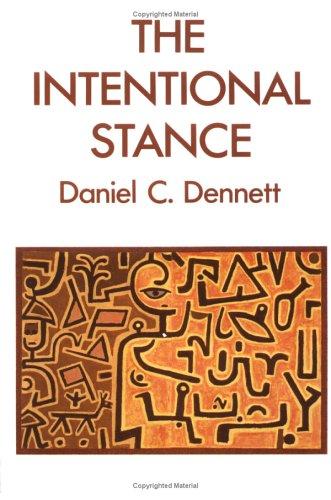
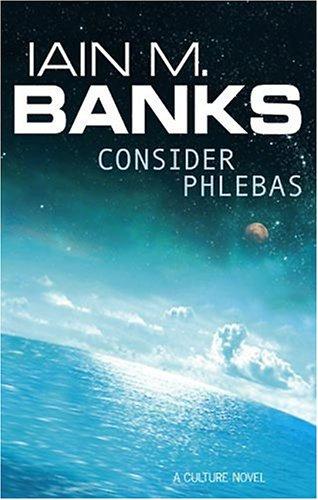
Consider Phlebas is perhaps one of the lesser-known, but nevertheless the first, of the revelationary late Iain M. Banks' science …
Firstly, the writing style needs improvement. It is outdated since Plato's time and comes off as condescending. This is the epitome of mansplaining. However, the content is good, primarily focused on transforming a small business into an enterprise. The author's approach is to act as an enterprise, even if the business is still small. Similar to the concept presented in "Buy Back Your Time", the emphasis is on envisioning the end goal and working backward from there. Another significant idea is to create systems (in line with Luhmann's system theory) to alleviate the need for individuals to constantly think about the process and ensure reliable results. Much of this approach can be found in the ISO 9001.
@milan @stranljip wäre irgendwie cool das zusammenzuführen. Als workaround folge ich meinem "Tomes" account und Booste den. Vielleicht wollen Leute auch nicht meinem normalen gebrabbel folgen nur meinem Buchkonsum. Idk.